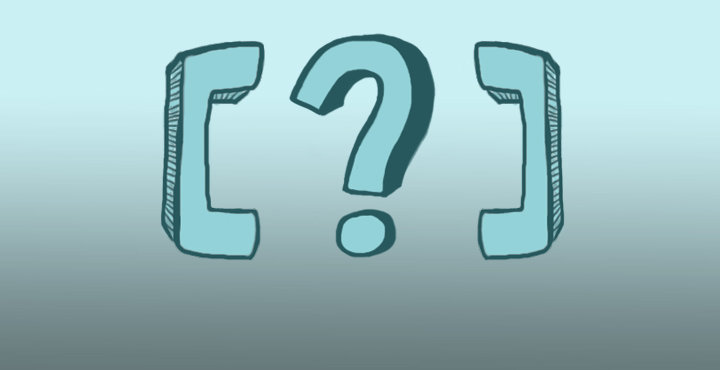The semicolon and colon are the two most commonly misunderstood punctuation marks
While the comma indicates the smallest interruption in thought and the period provides a complete break, the semicolon and colon fall somewhere in between. Semicolons and colons are effective punctuation marks when used correctly, and they give writers additional options for varying sentence construction and rhythm. Unfortunately, very few writers have mastered the use of these two marks. If you're one of those who struggle with this issue, bookmark this article and banish your fear of semicolons and colons for good!
Before you can have colons, you need clauses
First, let's review the definition of an independent clause, as this article will refer to it a number of times. An independent clause is a group of words that can stand alone as a sentence. The following is a good example:
Baby ducks are soft and fluffy.
Understanding the semicolon
The functional definition for a semicolon is that it separates major sentence elements. This means that you should use a semicolon between two closely related independent clauses if they are not already joined by a coordinating conjunction (and, but, or, nor, for, so, or yet). Consider the following example:
Some students used the free time in class to talk with their friends; others worked quietly.
Using a comma instead of a semicolon in the sentence above would create an error known as a comma splice. A comma would be correct if that all-important coordinating conjunction were present, like this:
Some students used the free time in class to talk with their friends, but others worked quietly.
This is not the only time a semicolon should be used. They should also be used between two independent clauses linked by an adverb or a transitional phrase. In some sentences, an adverb, such as however, indeed, meanwhile, or nevertheless, joins two independent clauses. In other sentences, a transitional phrase, such as after all, as a matter of fact, or on the contrary, joins two independent clauses. In both cases, a semicolon should separate the clauses:
I learned the Spanish alphabet and grammar; however, I never learned to speak the language fluently.
I don't really care for raspberries; on the other hand, I'd rather have raspberries than peaches.
Use a semicolon to separate items in a series if the series contains internal punctuation (usually commas). The following sentence provides an example of this:
Children seem to love puppies, with their big floppy ears; kittens, with their soft fur; and bunnies, with their charming puffy tails.
Making sense of the colon
The colon is used to call attention to the words that follow it. Writers should, therefore, use a colon after an independent clause to announce a list or quotation. It could be described as "the little trumpet that precedes an important royal announcement. It calls the reader's attention to the upcoming words." Such is the case in the following examples:
The garden contained the following plants: carrots, lettuce, basil, and tomatoes.
Don't forget my grandpa's words: "Look before you leap."
Writers are also advised to use a colon after the salutation in a formal letter
Dear Sir:
as well as between a title and subtitle
Sunburns and S'mores: The Story of Life at the Beach.
Finally, writers should always use a colon to emphasize a connection between two independent clauses, particularly when the second clause explains or gives more information about the first. This is exhibited in the following example:
Love is blind: sometimes it keeps us from seeing the truth.
Many of the students worked in the evenings: six of them were waitresses.
Sometimes it can be difficult to determine whether the two clauses are merely related, warranting a semicolon, or represent a sequence of thought, warranting a colon. Adding a full stop and separating the clauses into two independent sentences serves as a third option. In these cases, as with many of the gray areas of grammar, there may not be one "right" answer.
Authors trying to determine whether to use a colon or semicolon should consider the meaning they hope to convey and choose the punctuation mark that seems most effective. In doing so, be sure that you remain as consistent as possible in your choices; peppering your document with unpredictable punctuation can be distracting for readers, so always be sure to edit your work (or have it professionally edited).









